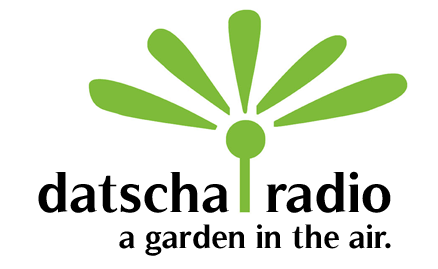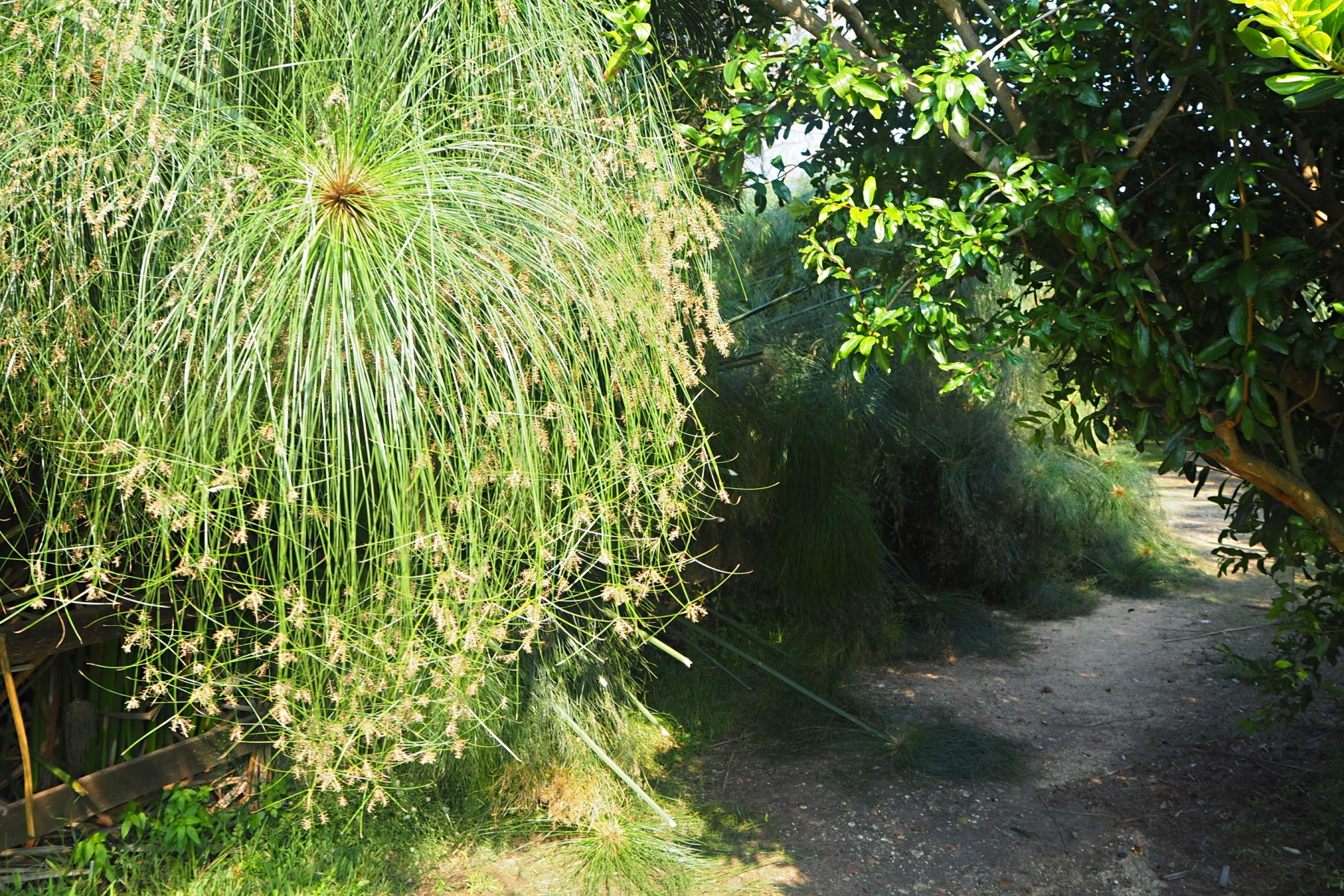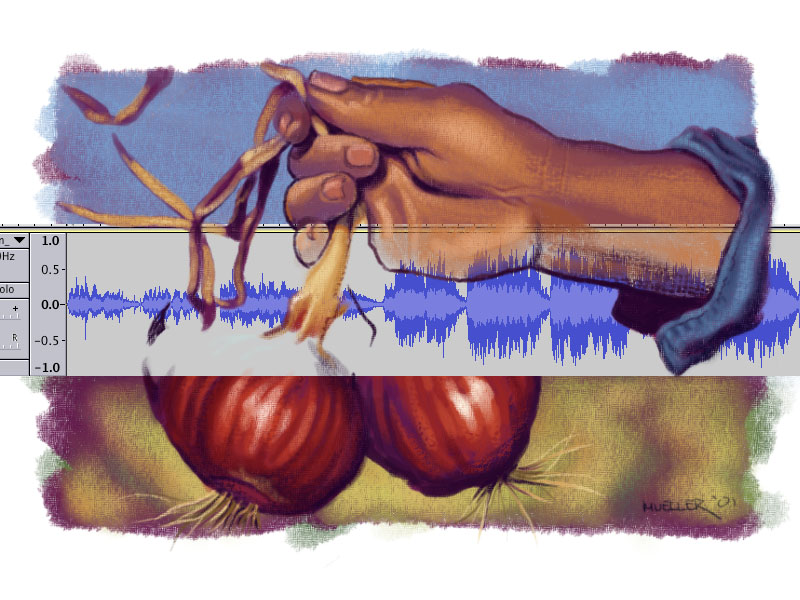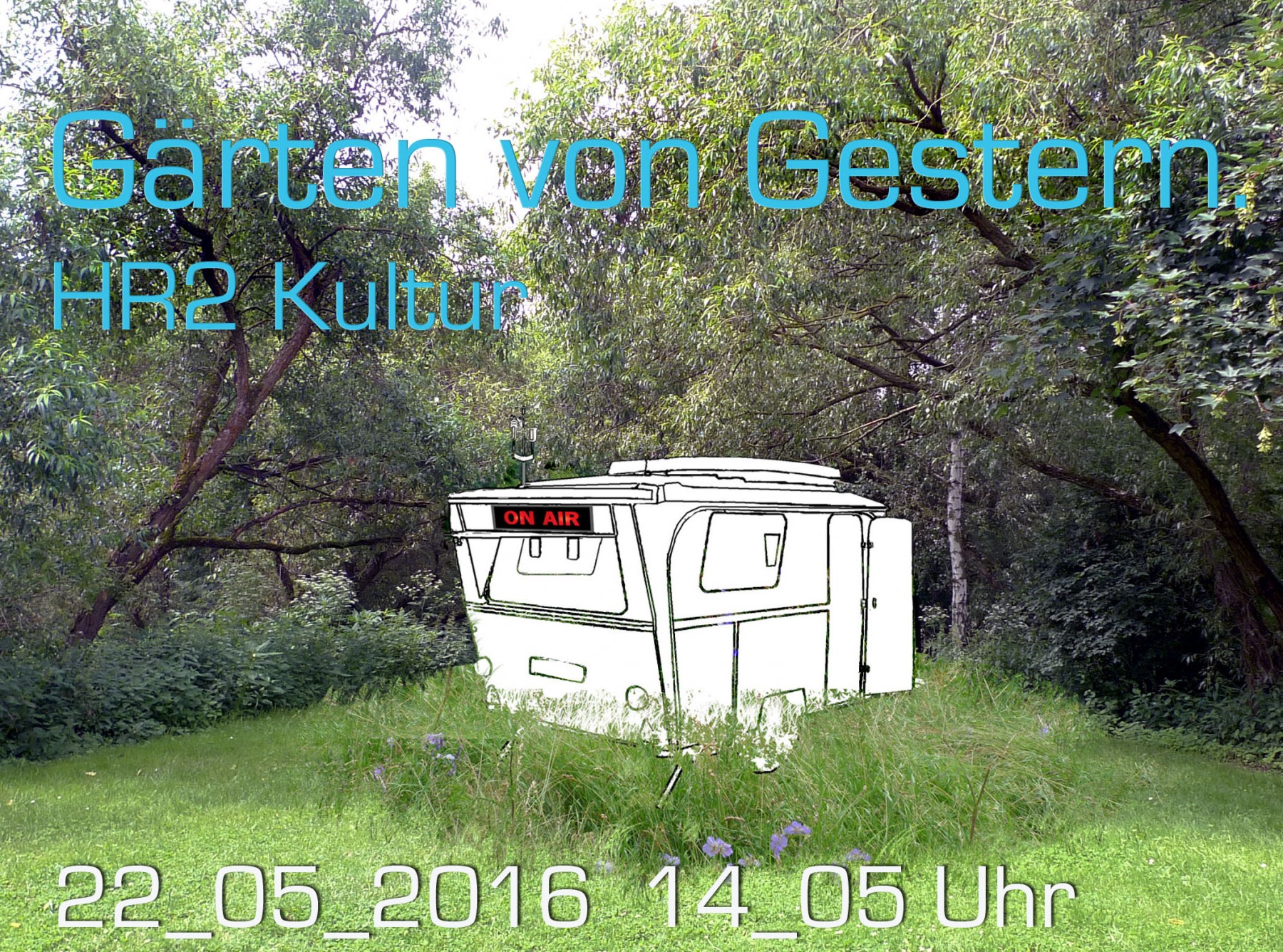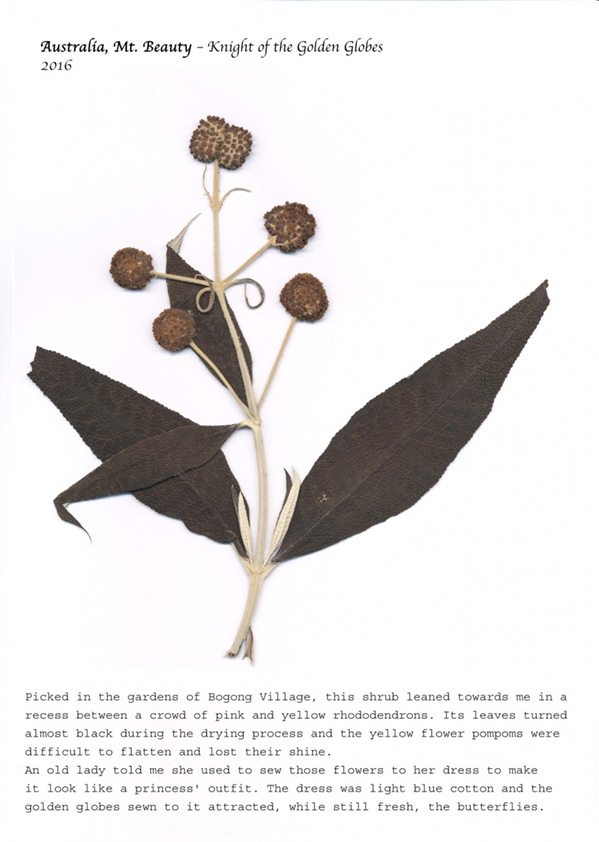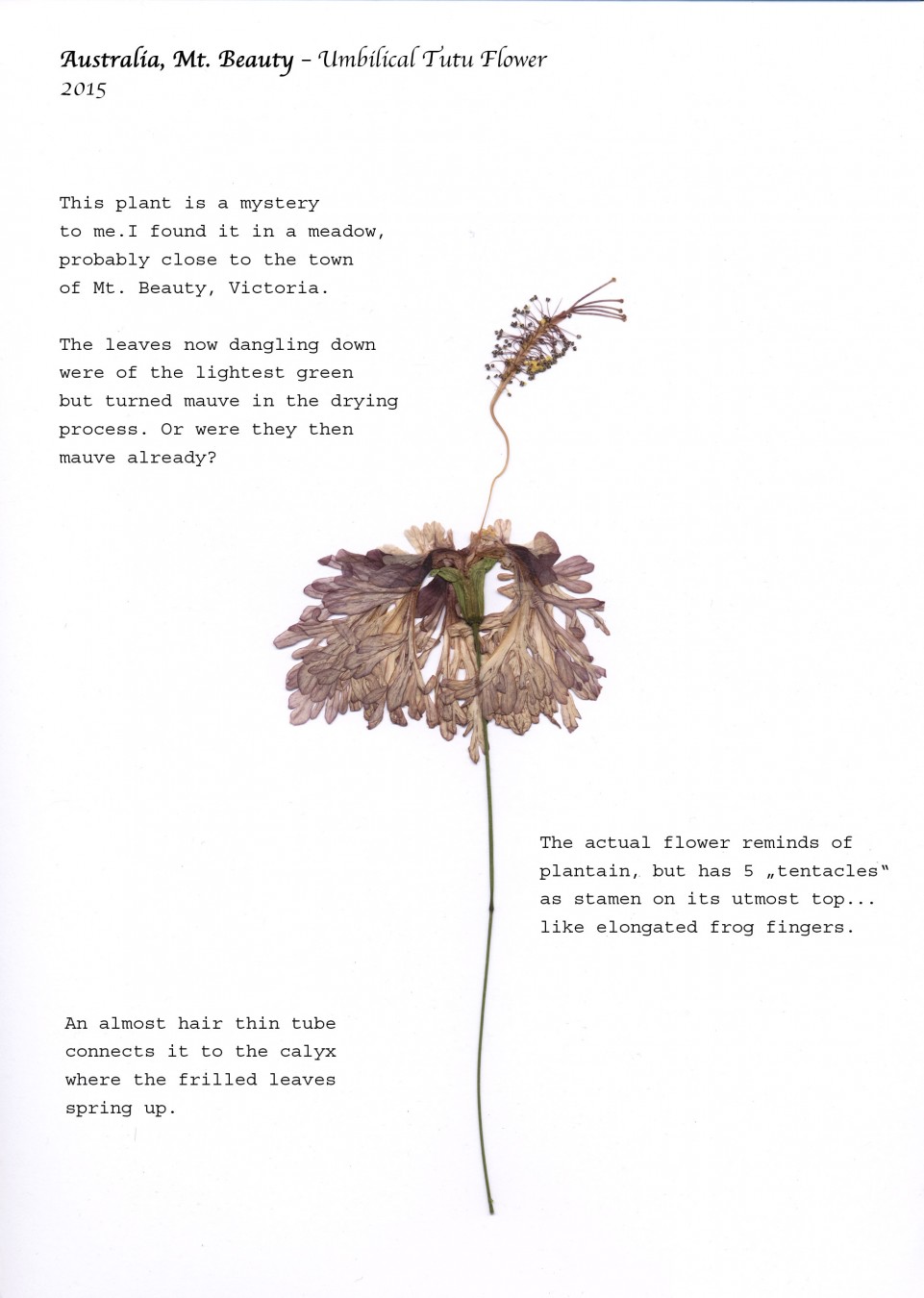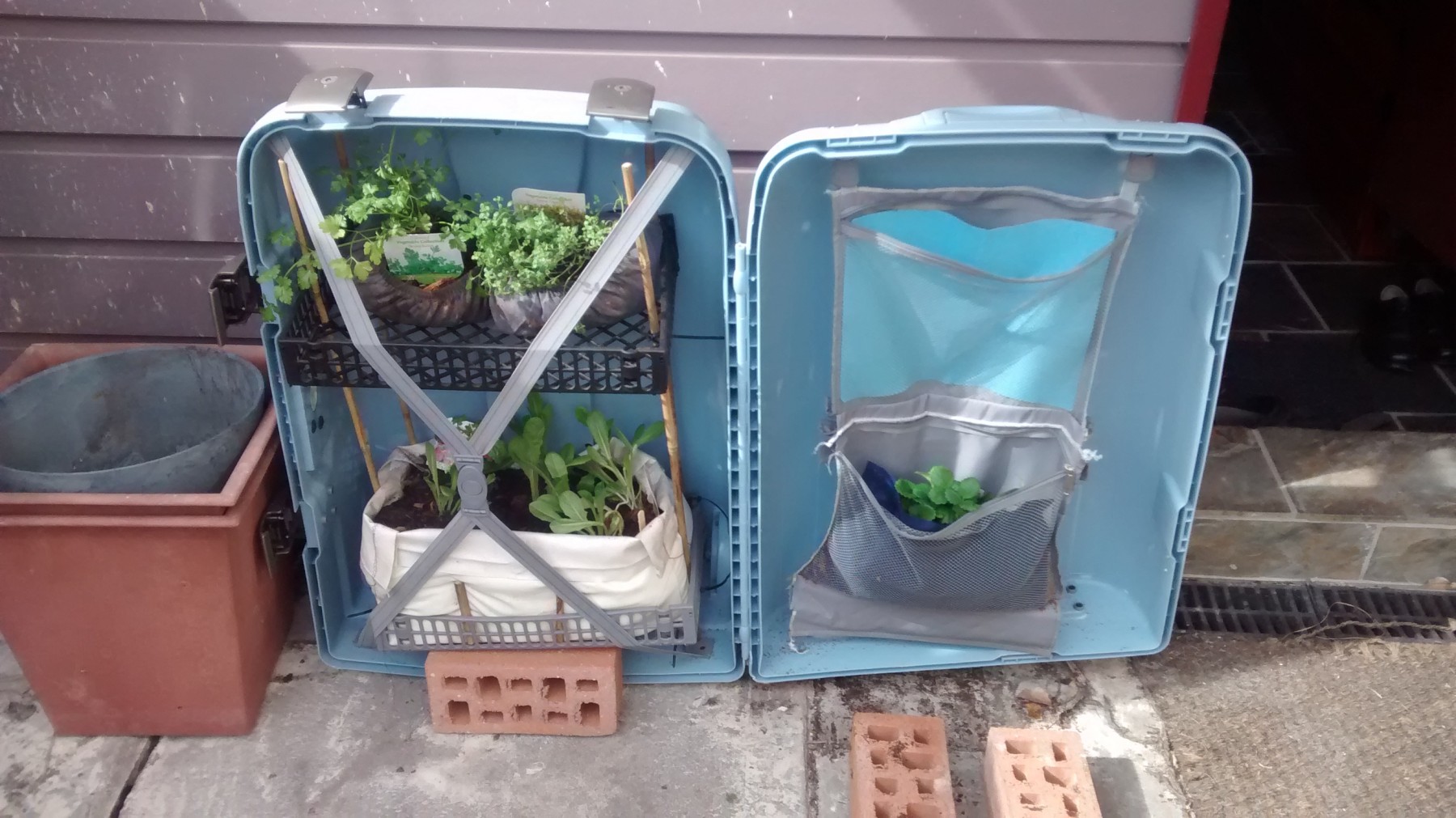
If the snake had come up with a cactus pear (Opuntia ficus-indica) instead of an apple we would be covered with painful pimples but still dwell in innocence.
The sun was hot, my vision blurred, the ground in a cactus grove near Fontane Bianch was prickly weeds and strewn with cactus pears/figs. Having spent my adolescent years with cultivating cacti (instead of leafing through puberty mags) I knew these can be vicious when touched without gloves. I used a plastic bag to pick them up, handled it with utmost care… only to find that the tiny glochids that surround the spines of the opuntias and that sit as little “nests” on the pear shaped fruit are well able to puncture plastic…
Solutions for transport:
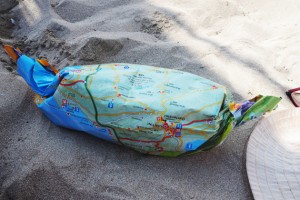
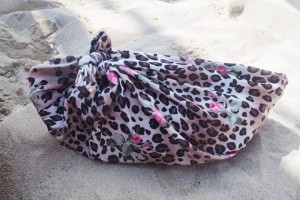
Still I ended up with some of these tiny monsters on my fingers. Wikipedia provides encouraging information:
Glochids or glochidia (singular “glochidium”) are hair-like spines or short prickles, generally barbed, found on the areoles of cacti in the sub-family Opuntioideae. Cactus glochids easily detach from the plant and lodge in the skin, causing irritation upon contact.
If the glochidia are allowed to remain in the skin, a dermatitis may ensue that will persist for months.Glochidia may be difficult to remove. Yanking out the bristles may result in leaving one or more 20-30 micrometre sized barbs in the skin, later to be manifest by granuloma formation. Attempts to suck out the glochidia are likely to result in their attachment to the tongue. Popular methods of removing glochidia have included spreading adhesive plaster over the area and ripping it off quickly or using melted wax (hot wax sometimes employed for removing hair). Martinez et al. studied various methods of removing glochidia from rabbit skin. They evaluated tweezers, glue, facial mask, adhesive tape, package-sealing tape, and tweezing followed by glue. The most effective single method was tweezing, which removed 76% of the spines. The method using a thin layer of household glue (Elmer’s Glue-All, Borden Inc) covered with gauze, allowed to dry (about 30 minutes) and then peeled off resulted in removal of 63% of the spines. Facial mask and adhesive tapes removed about 40% and 30% of the spines, respectively, and produced more retention and inflammation three days after removal than no treatment. Repeated applications of adhesive tape did not improve the results. According to Martinez, the most effective method is to first use tweezers to remove clumps of spines followed by the application and removal of household glue, resulting in removal of 95% of the spines.
Writing this I can still feel some on my fingers… There are no tweezers in the household! Nonetheless, they have a nice taste and indeed look like figs inside.
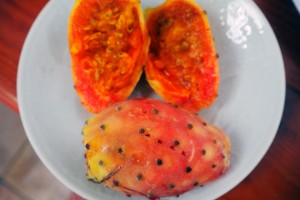
Invalid Displayed Gallery
